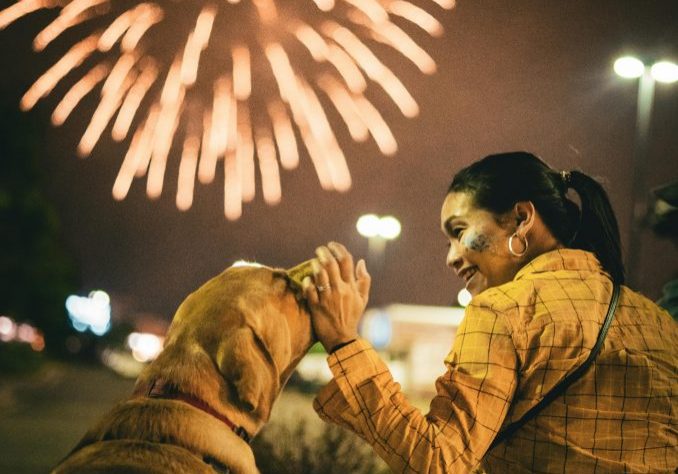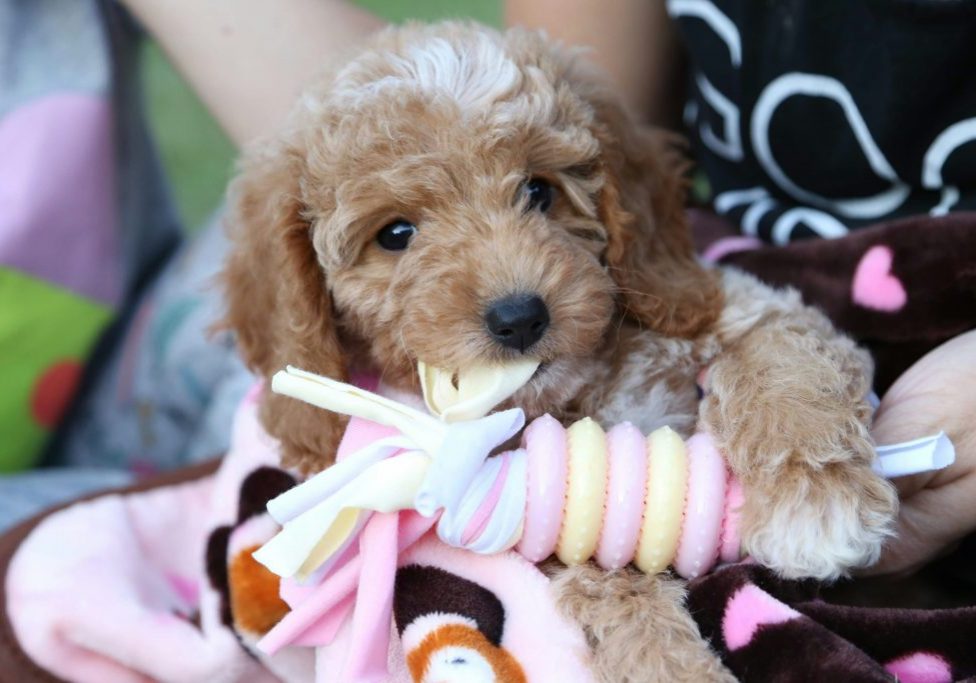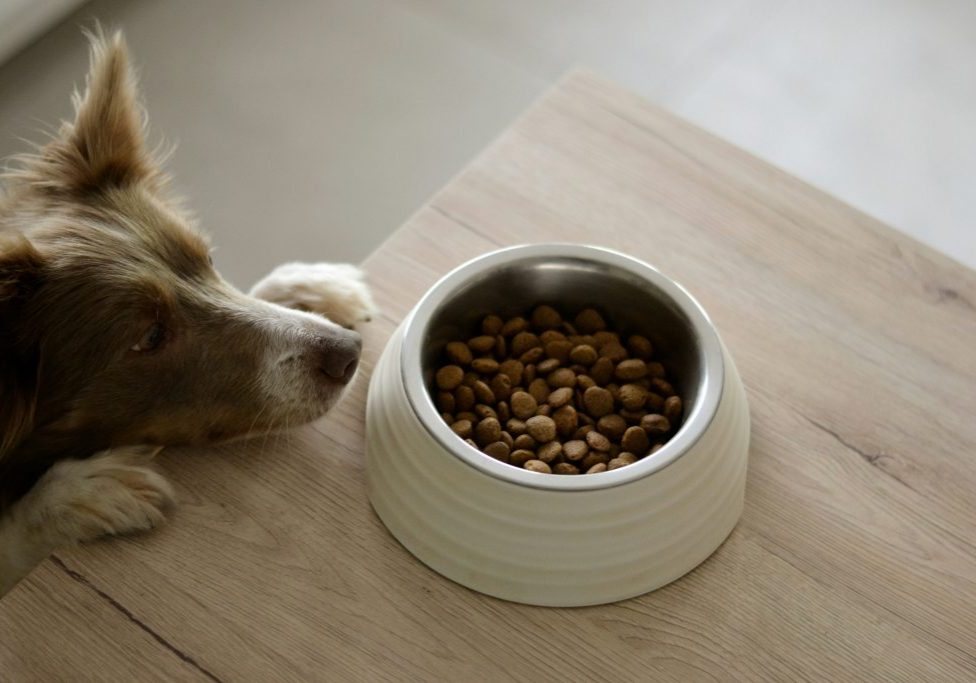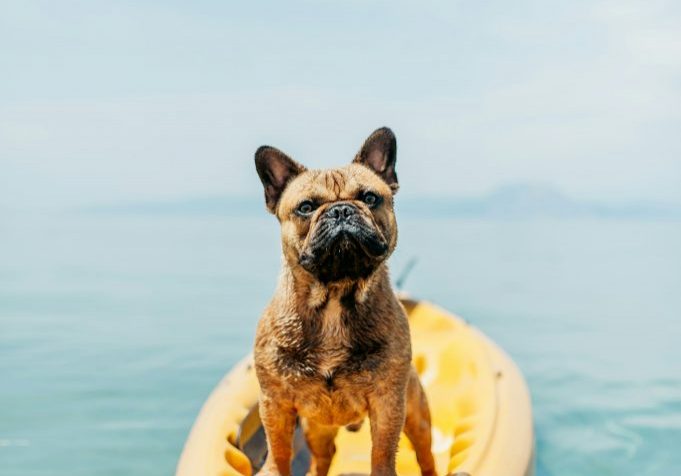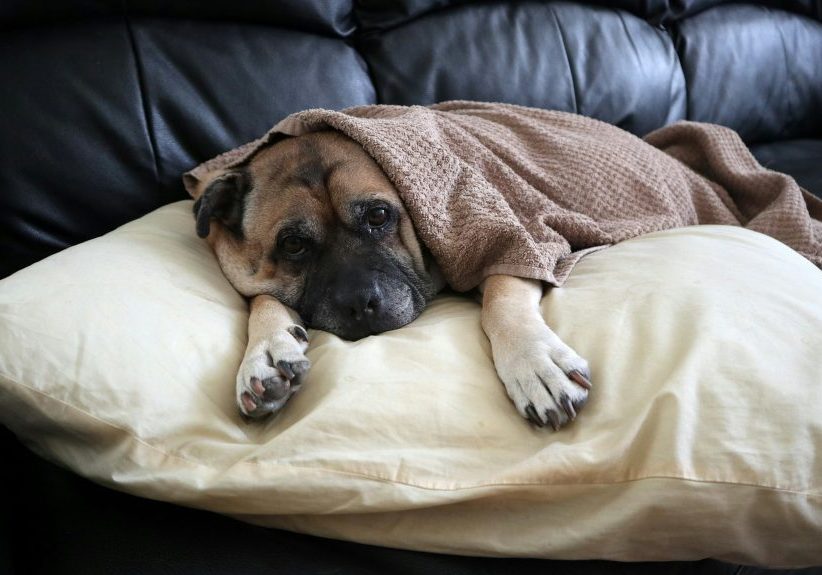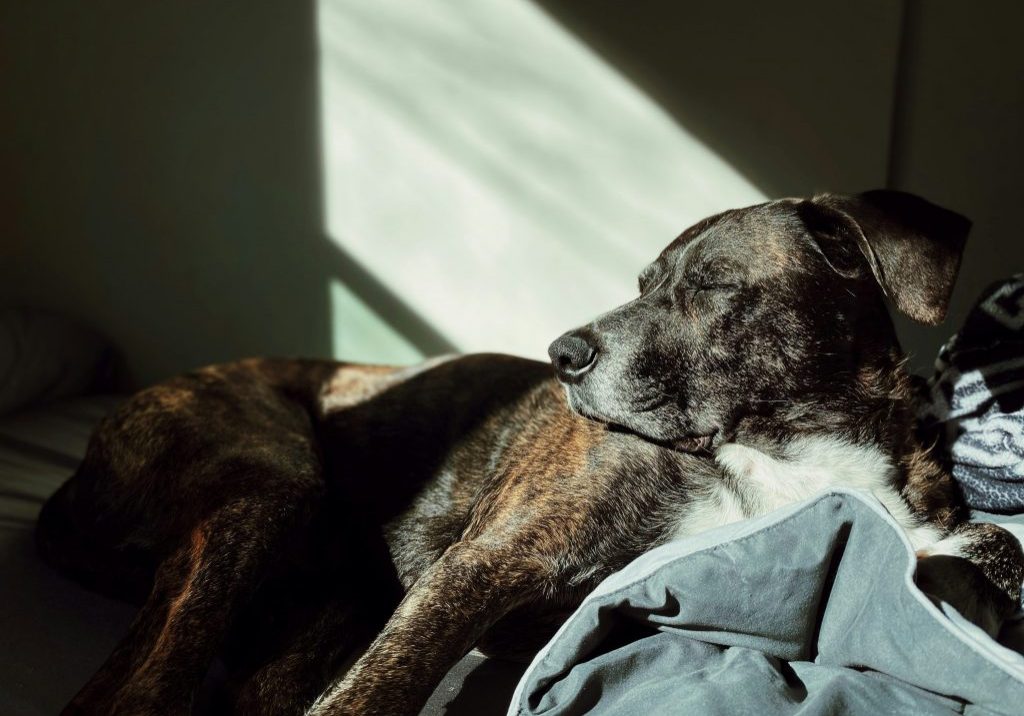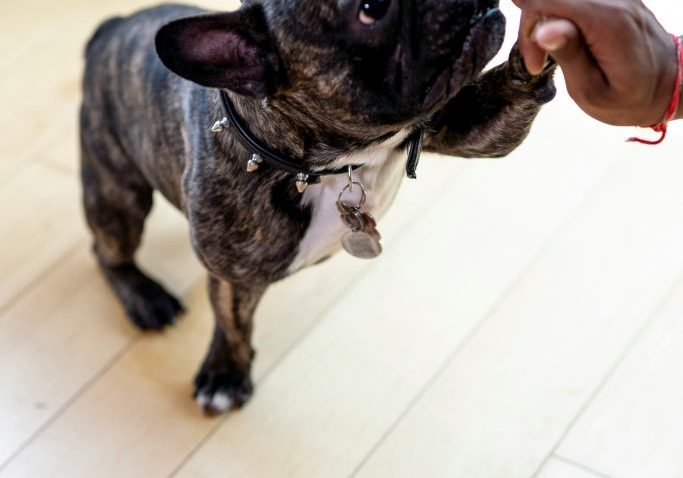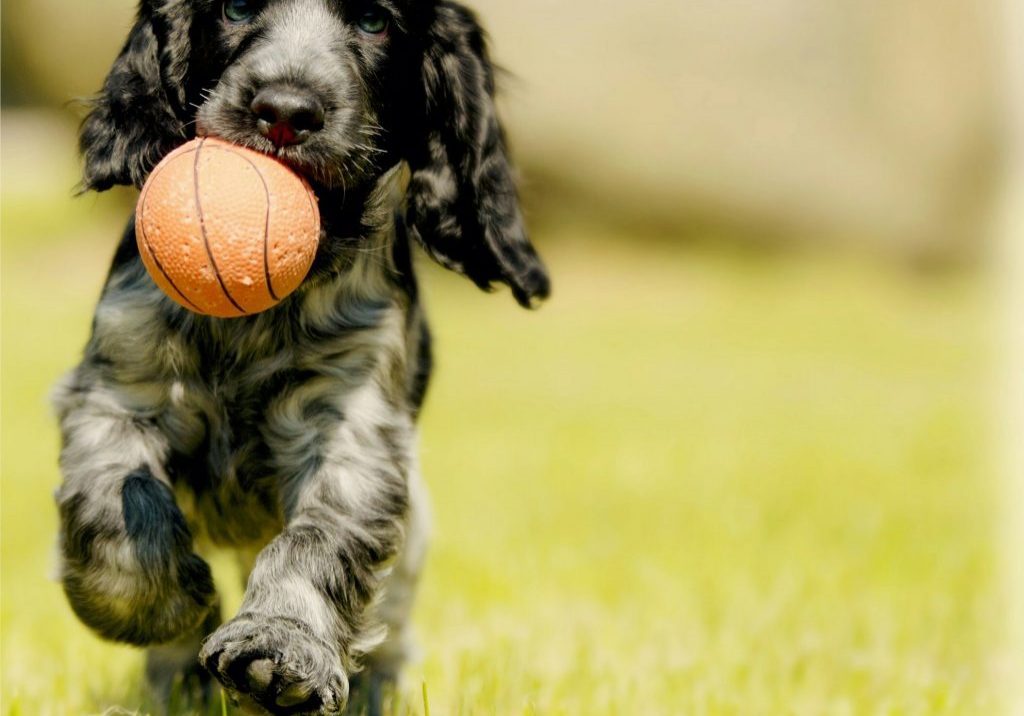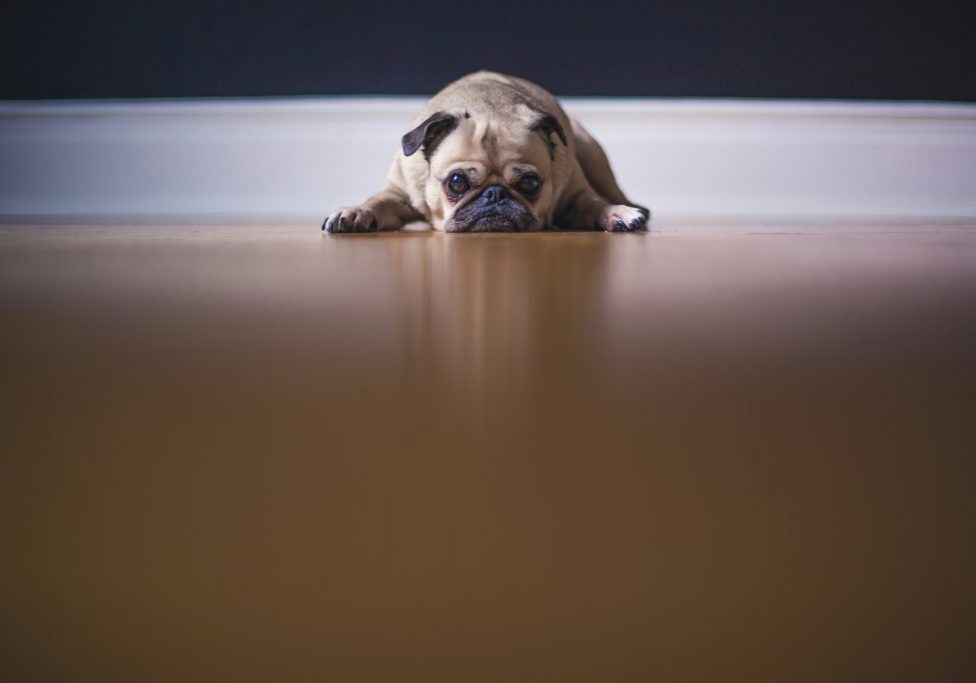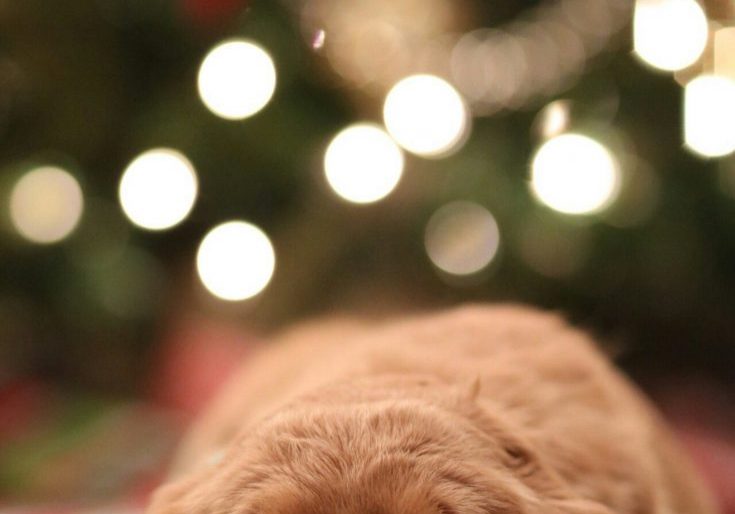How to Potty Train Your Puppy
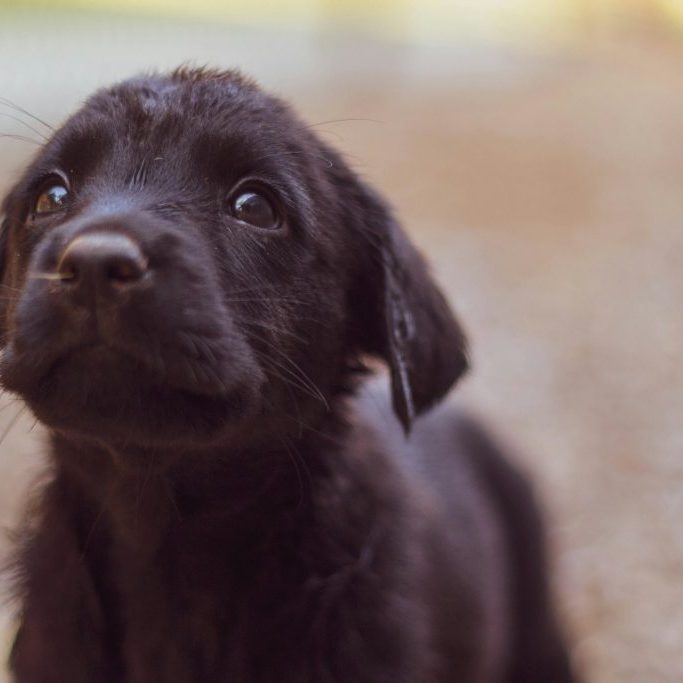
hwllo-sniffer.co.uk/how-to-potty-train-your-puppy
December 5, 2024
Sniffer_Admin
Potty training a puppy can feel a bit like juggling—it takes timing, patience, and maybe a little cleanup. But don’t worry, you’re not alone! Every puppy owner faces this milestone, and with the right approach, you’ll both get the hang of it. Potty training is about building good habits early, teaching your pup where it’s okay to go and, more importantly, where it’s not.
Whether you’ve got an excitable Labrador or a tiny Dachshund, the principles of potty training remain the same. Let’s walk through what you’ll need, what to expect, and how to make the process as stress-free as possible.
Start with a Routine
Puppies thrive on structure, and creating a daily routine is one of the most effective tools for potty training.
- Regular Meal Times: Feeding your puppy at the same times each day helps regulate their digestive system, making it easier to predict when they’ll need to go.
- Frequent Toilet Breaks: Puppies have small bladders, so expect to take them out often—after waking up, after meals, during playtime, and before bedtime. A good rule of thumb? Every hour for very young puppies.
- Stick to the Same Spot: Choose a designated toilet area in your garden or outdoor space. The familiar smells will help your puppy associate the spot with doing their business.
The Watch-and-Wait Game
One of the biggest parts of potty training is learning to read your puppy’s signals.
- Sniffing or Circling: If your puppy starts sniffing the ground or pacing in circles, it’s a surefire sign they’re about to go. Quickly guide them to their designated spot.
- Whining or Restlessness: Some pups will whine or act uneasy when they need to toilet—don’t ignore these cues.
- Timing is Everything: Keep an eye on the clock. Puppies usually need to go within 10-15 minutes of eating or drinking, and after naps or energetic play.
Positive Reinforcement Is Key
When it comes to training, positive reinforcement is your best friend.
- Praise and Treats: Every time your puppy does their business in the right place, reward them with lots of praise and a tasty treat. They’ll quickly learn that going in the right spot gets them good things.
- Be Consistent: Always use the same cue word or phrase, like “go potty” or “toilet,” to help your puppy connect the command with the action.
- Never Punish Mistakes: Accidents are part of the process. If your puppy goes in the wrong place, stay calm. Clean it up thoroughly to remove any lingering odours, but avoid scolding—they won’t understand, and it could make them fearful.
Managing Accidents
Accidents are inevitable, no matter how diligent you are. Here’s how to handle them.
- Clean Up Properly: Use an enzymatic cleaner to remove any traces of smell. Standard cleaning products might not fully eliminate the odour, and your puppy could return to the same spot.
- Interrupt, Don’t Scold: If you catch your puppy in the act, gently interrupt with a clap or a firm “ah-ah,” then guide them to the correct spot. Praise them if they finish there.
Crate Training and Potty Training
Crate training can be a fantastic tool for potty training when used correctly.
- Why It Works: Dogs instinctively avoid soiling their sleeping area. A properly sized crate encourages your puppy to hold it until they’re let outside.
- Avoid Overuse: The crate shouldn’t be a place of confinement for hours on end. Puppies need regular breaks, so only use the crate when you’re nearby to monitor.
- Make It Comfortable: Add a cosy bed or blanket and make the crate a positive space—not a punishment.
Night-Time Potty Training
Night-time is a little trickier, especially for younger puppies who might not be able to hold their bladder through the night.
- Limit Evening Water: Reduce water intake an hour or two before bedtime.
- Set an Alarm: For the first few weeks, plan to wake up once or twice during the night to let your puppy out. Gradually stretch the time between breaks as they grow.
- Stay Calm and Quiet: Night-time toilet trips should be quick and uneventful—no playtime or chatter.
Common Challenges
Potty training isn’t always smooth sailing. Here are some hurdles you might encounter and how to overcome them.
- Regression: It’s normal for puppies to regress occasionally, especially during big changes like moving to a new house or learning new commands. Stay consistent, and they’ll get back on track.
- Marking Behaviour: Male puppies might start marking territory as they grow. Neutering and consistent training can help curb this behaviour.
- Distracted Pups: Some puppies are so fascinated by the outdoors that they forget to go. Be patient and give them a little extra time.
Indoor Potty Training
If you don’t have easy access to an outdoor space, indoor potty training with puppy pads can be a good alternative.
- Choose a Designated Area: Set up a specific spot with puppy pads, away from their sleeping and eating areas.
- Transition Gradually: If you plan to move them to outdoor pottying later, start moving the pads closer to the door over time.
The Bigger Picture
Potty training isn’t just about teaching your puppy where to go—it’s about building trust and understanding. It’s a chance to strengthen your bond as you guide them through this new experience. With patience, consistency, and a little humour along the way (because let’s be honest, there will be some funny moments), you’ll get there.
Final Thoughts
Remember, no puppy learns overnight. They’re little, they’re learning, and accidents are just part of the process. Celebrate the wins, stay patient during the setbacks, and keep your sense of humour intact.
Before long, you’ll have a potty-trained pup who knows exactly where to go—and maybe even a few stories to share about the journey.
